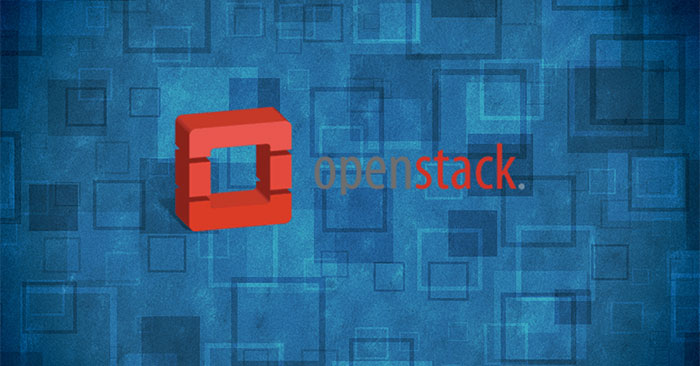Top 3 Distros for Linux for Beginners
If you are new to Linux and programming languages, you may have some difficulties with all the coding assignments. That's where programming assignment help from domyassignments.com comes in handy. Try this programming homework help and you'll have more time for learning Linux.

Getting back to the top 5 distros for Linux, here comes number one on my list.
Ubuntu 8г5
Ubuntu is probably the first distro site that you will pop up to if you google the question. Why is it the best Linux distro for beginners? That's because it's easy to use. It has a user interface that is pretty easy to navigate. Moreover, there is a community that can help you with most of the issues that you'll come across on this distro. Also if you're running ubuntu 16.04 or later you have snap integration ready to go without any extra configuration necessary.
It makes a lot of sense considering that snapd and the ubuntu distro are developed by the same company. Snaps may come in handy for new users as they contain dependencies and packages.
You just install the snap package. It's very different from the traditional method of installing packages through a package manager. As a result, this makes ubuntu very different from almost any other distribution. Many people make the switch to Linux in the first place to get away from proprietary software and bloat that you see on many other operating systems like windows.
Snaps break both of these rules. Well, the software itself is still open source. It's distributed from a proprietary canonical specific source, and you have to create an account with them if you want to host your software there. And because snap ships all of the package's dependencies together with that package you can very quickly blow it up your system with duplicate copies of dependencies. If you install multiple snaps that have those same dependencies.
Finally, although ubuntu's user interface is very clean and modern it's laid out quite a bit differently from the UI that you would see on windows, and since most new Linux users are coming from windows they might find the transition a little bit harder.
Elementary OS
As this distro's name implies it is elementary. It has a simple yet elegant design very similar to the Mac OS. In fact, Elementary OS is the Linux distro I would recommend to anybody that is switching to Gnu Linux from Mac OS. The settings manager is very simple. It is very easily laid out. And you don't have to worry about going through five or six levels deep into a context menu just to find things.
According to the experts from programming assignment help, the multitasking view of Elementary OS is also quite elegant and everything in the UI just goes together really well. It's also one of the few distros that will use your full-screen resolution out of the box in most cases without any additional software configuration.
Elementary OS is based on Ubuntu's long-term support release so pretty much all of the software that is available in Ubuntu will be available on Elementary OS as well. Elementary OS doesn't come with snap support out of the box. However, it is easy to install. You simply have to update your system from the terminal and then install snapd.
Need help with assignments on Linux? Try coding assignment help.
Linux Mint
Linux mint is one of my favorite Linux distributions. It's the first distro that I have used long term. It's very easy to install. It comes with a great suite of software. Its layout is very similar to windows. Thus, it made the transition for me from windows 7 to Gnu Linux that much easier. It's fast and it just works.
Linux Mint also comes with a variety of desktop environments like Xfce or Mate Cinnamon. You may feel confused due to limited customization. However, it is still a good decision to make.
Starting off with making a choice about what desktop environment you want seems like a good place to start. This also makes it easier for Linux Mint to support a wider range of hardware and aesthetic choices.
If you're installing Mint on very low-end hardware then you'll probably want to opt for Xfce, one of the lightest desktop environments that are out there. If you want to get a little fancier in customizing your desktop especially if you want it to look more like windows, then you can opt for cinnamon Linux.
Mint also doesn't support snaps. In fact, it's made a bit of ruckus in the Linux community by being explicitly against snaps.
However, it is possible to install snaps on Mint although it's a little bit tougher than on Elementary OS. You'll have to remove the nosnap. Prefile and then update the system and then you can install snapd and install snap packages.
Programming homework for money can save you lots of time that you can devote to getting familiar with Linux Mint.
You should read it
- 3 main types of Linux distributions that you should know
- 10 best Linux distros for developers
- Linux distro for new, easy to use, beautiful
- Which Linux distros will Windows 10 put into Windows 10?
- Microsoft officially submitted an application to join 'Linux secretion'.
- How to run multiple Linux distros inside Terminal using Distrobox
- 8 best Linux distros for pentest
- 10 reasons to switch to Linux right in 2012
- What do you know about Linux distros?
- 6 best Linux distros for gaming
- 8 easy tools to create your own Linux Distro
- 8 Best Linux Distros for Chromebooks






 3 main types of Linux distributions that you should know
3 main types of Linux distributions that you should know 10 best Linux distros for developers
10 best Linux distros for developers Linux distro for new, easy to use, beautiful
Linux distro for new, easy to use, beautiful Which Linux distros will Windows 10 put into Windows 10?
Which Linux distros will Windows 10 put into Windows 10? Microsoft officially submitted an application to join 'Linux secretion'.
Microsoft officially submitted an application to join 'Linux secretion'. How to run multiple Linux distros inside Terminal using Distrobox
How to run multiple Linux distros inside Terminal using Distrobox